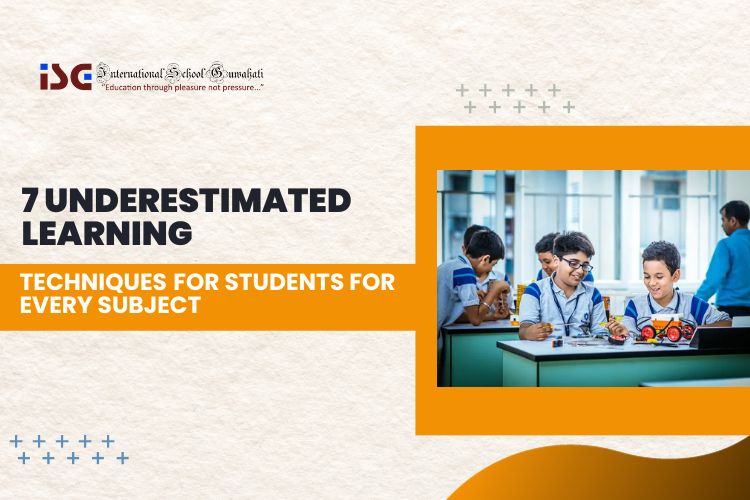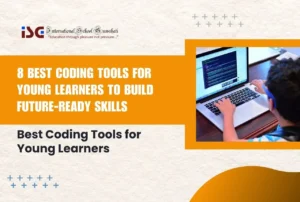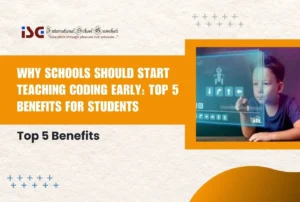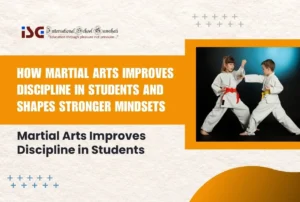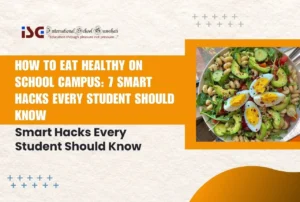![]()
Believe it or not but most of our school life is spent learning one thing or another. Yet, it is something we still struggle with and absolutely despise. Every student faces the same issue. Therefore, in this blog, we thought we will give you some clarity over the subject matter with the subject-specific learning techniques for students.
These techniques are meant for school students to approach learning school subjects. These can help make the subject matter more lucid and graspable. So, let’s dive into it.
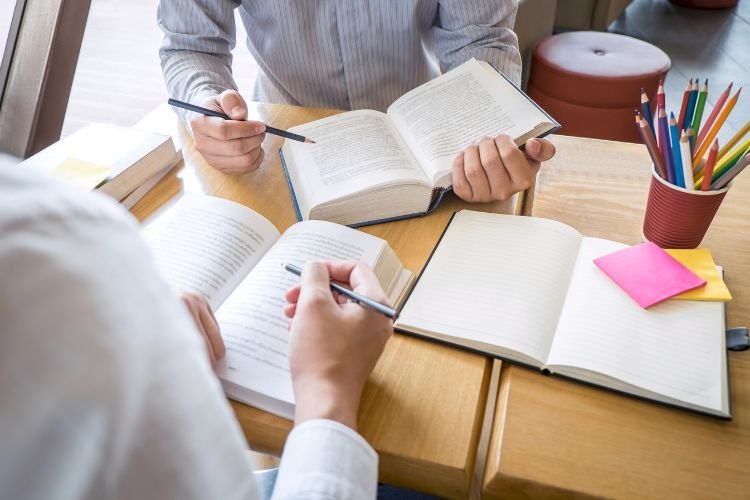
1. Pictures and Mind-Map Technique for History
History is a subject that involves a great deal of dates, events, and flowing stories. This makes it one of the best subject matters to approach with this technique.
Use mind mapping with dates, where, who, how, and when. A mind map is an important skill for framework and a good way to better arrange, summarize, and picture something. A better way to remember something is to use mind maps and pictures to help you remember it. By making thought maps, you can easily and effectively study and go over most difficult topics.
2. Mimic Test Environments for Mathematics
It might not seem like a unique way to study since everyone does practice tests before a test, but the key to it is to make the study setting like a real test. This means working on practice tests in a set amount of time without using a guide or Google.
This technique helps amazingly with mathematics. Students can mimic examination environments and try to complete a set of exercise questions within a given time period. This can significantly improve the knowledge of formulae and concepts.
3. Film Yourself Teaching Physics
Never heard of this weird technique? You are not alone. Apparently, physics is all about rocket-science concepts that students hate. From thermodynamics to gravity and quantum physics to tricky calculations, everything in here will be as clear as your concept will be. This is one of the most effective learning techniques for students.
Therefore, once you grasp a physics concept all the way, film yourself teaching it. This will not only boost your confidence but also deeply clarify your concept in your head. Try this and you will fall in love with physics concepts.
4. Immersive and Social Learning for Conversational English
Conversational English that we learn in schools and colleges is more about a proper language learning experience than a subject to study. Therefore, it’s important that we approach it in that way.
Immersive and social learning is a great learning technique for students that helps us understand any language effectively. It involves changing the language we usually speak to the language we want to learn. So, mobile phone language, speaking to teachers, speaking to customer care, ordering food, etc. can be in English.
This will help you develop a command over English that you may not get by just reading through chapters.
5. Distributed Practicing for Social Science
Social science is the subject that requires a great deal of revision and revisiting. This makes it perfect to be approached with the distributed practicing technique.
Distributed practice is a new name for something that has been done for a long time. It means learning “little and often.” Many studies have shown that cramming or learning too much in a short amount of time is not good for long-term learning because the knowledge doesn’t get to the right parts of the brain.
6. Flashcards for Vocabulary
When it comes to language learning, flashcards come in really handy. Remember, practice is paramount with vocabulary and flashcards help us practice effectively and conveniently.
Make flashcards for new vocabularies and keep them with you. Use both sides to practice deeply with meaning and examples to remember better. Use mobile applications like Flashcards, Brainscape, and Flashcards World.
7. Hard to Read Fonts for Remembering
Daniel Oppenheimer did a study on how fonts that are hard to read help people remember things. College students were tested by reading texts in fonts like comic sans, arial, Bodoni, and sans serif. In short, they found that students remembered more when they read in styles that were harder to read.
This was because it made them slow down and really take in the words making one of the best learning strategies for students.
Conclusion
The techniques discussed above are some of the best ways to approach a subject matter. They are totally open to any kind of customisation as per the student. These learning methods for students can benefit amazingly if used properly.


